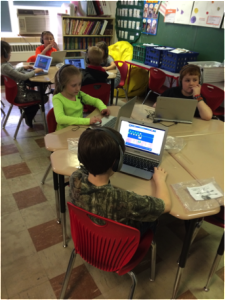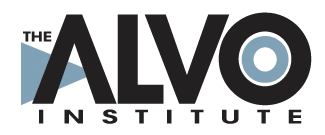
Remember those first days and weeks of school when it was still exciting to be assigned homework? Students have begun filling those crisp folders and using their freshly sharpened pencils. Teachers’ grade books likely already have a few entries. But the newness of the school year hasn’t worn off yet. If you’re one of many teachers for whom Blended Learning is on the horizon, it’s not too late or too early to lay down some important foundations in your classroom to make the transition go smoothly.
Maybe your school is in the early planning stages and it’s not quite time to implement Blended Learning in full. Or maybe you’re ready to take some steps toward Blended Learning, even before your colleagues or school leaders have signed on. How can you set your classroom and students up for Blended Learning success while the school year is still “new”? Here are 4 ways:
1. Procedures
Many teachers spend the first days and weeks of school modeling, rehearsing, and solidifying classroom procedures, even to the exclusion of fully diving into the course content—they’re that important! A Blended Learning classroom depends on a good set of procedures even more so than a traditional classroom due to the higher number of “moving parts” involved. Good procedures ensure student engagement, streamline necessary (and often, more frequent) transitions between activities, and facilitate students’ increasing levels of independence and responsibility for their own learning. Goals should be: minimal teacher announcements of basic directions; automated routines such as handing out materials; and maximal time spent learning (as opposed to administrative tasks). Use these first weeks of school to develop classroom procedures that unfold much like when a football coach calls out a key word and the team proceeds to “run the play” without further direction.
2. Technology
Take the time now to cultivate digital citizenship. Establish rules for technology use in your classroom. Discuss together and sign your school’s Acceptable Use Policy. Informally assess where your students are in terms of their computer skills and experience and teach occasional mini-lessons to build on what they can do. Begin to incorporate even basic computer activities into daily classroom life, even if not in a truly Blended way just yet. When it comes time to begin using OLPs, you’ll have set the stage.
3. Teacher-Student Dynamic
Carefully consider the types of interactions you facilitate and encourage. How do you respond when students ask questions? A shift toward cultivating self-help skills, guiding students to find answers on their own, and providing troubleshooting resources will help students strengthen their “independent learner” personas.
4. Learning Environment
With a fresh mix of kids and the newness of the grade, subject, or course, now is the time to shape the character of the learning environment. Blended Learning relies heavily on student collaboration, supportiveness, and awareness of one’s own academic strengths and weaknesses. Use regular class meetings to discuss and model interpersonal skills, encourage open and honest reflection, and debrief with your students when you try something new. Try out assigning students different academic roles to fill in the classroom.
